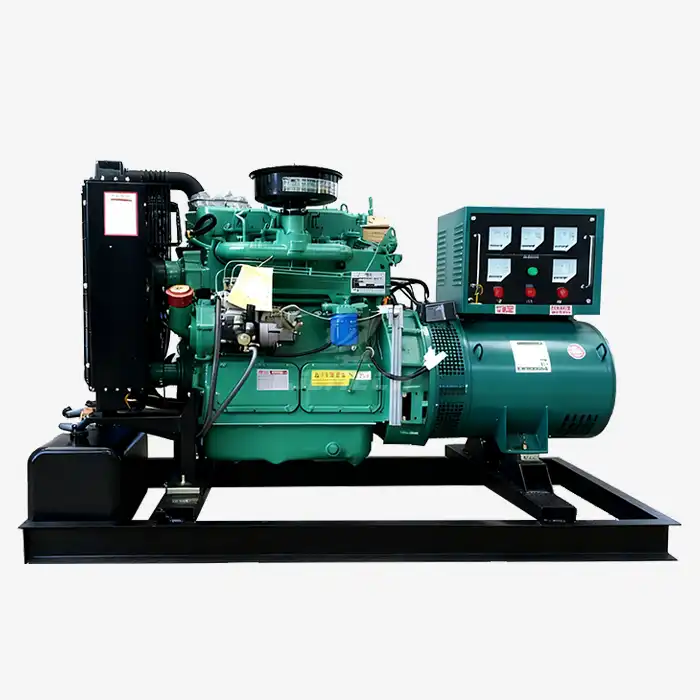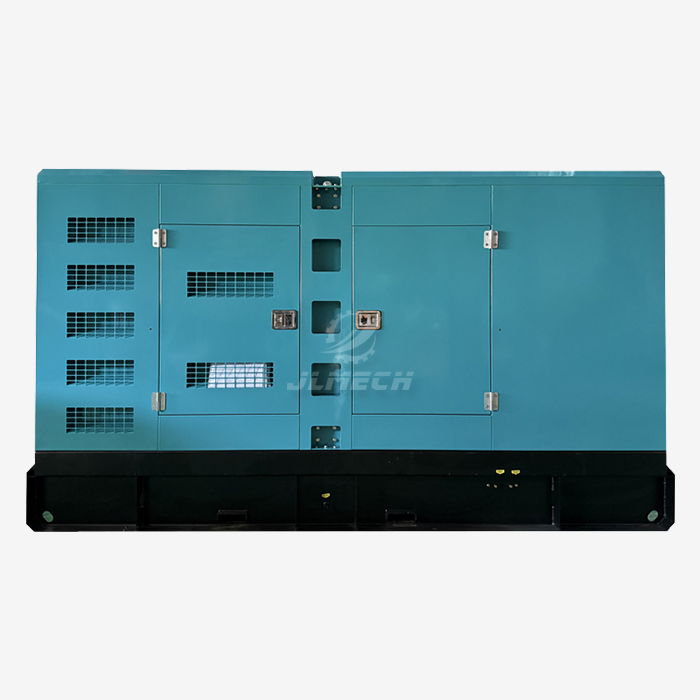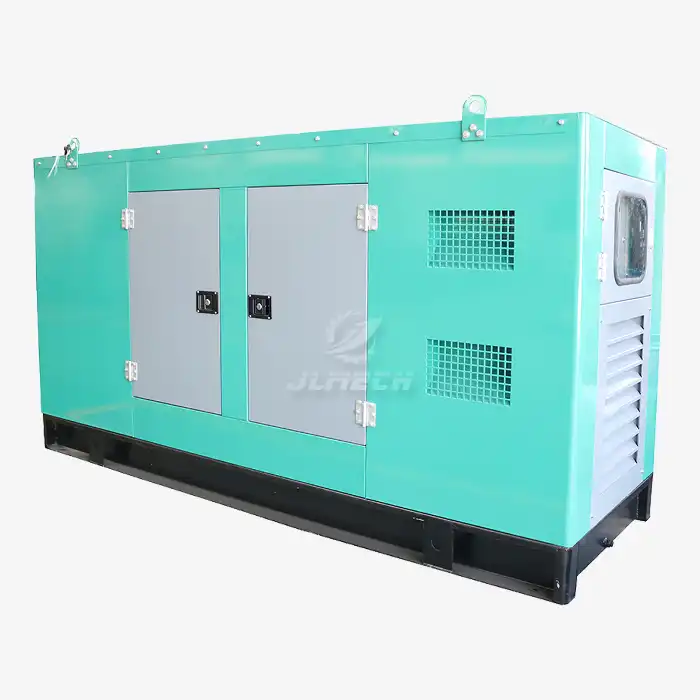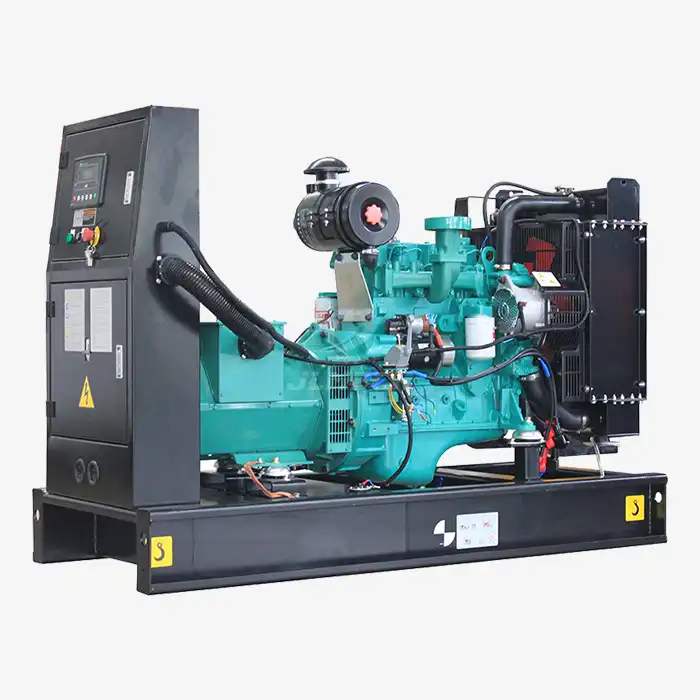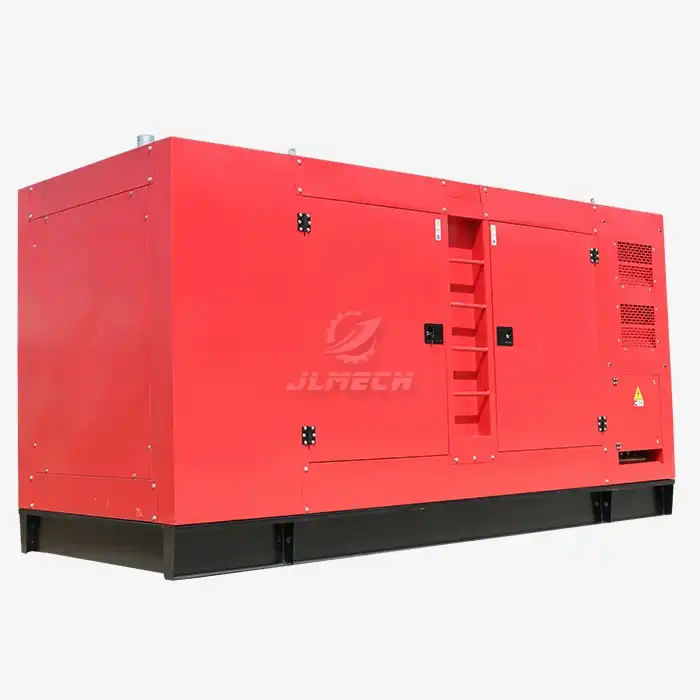What is the formula for DG exhaust height?
Determining the correct exhaust height for a diesel generator (DG) is a critical aspect of system design that impacts safety, performance, and regulatory compliance. While a single universal formula isn't always applicable due to varying local regulations and specific site conditions, understanding the key principles and calculations behind industrial generator exhaust systems is essential for proper installation. This guide will walk you through the fundamental concepts and provide practical guidance for planning your exhaust system effectively, focusing on both performance and safety considerations beyond basic regulatory requirements.
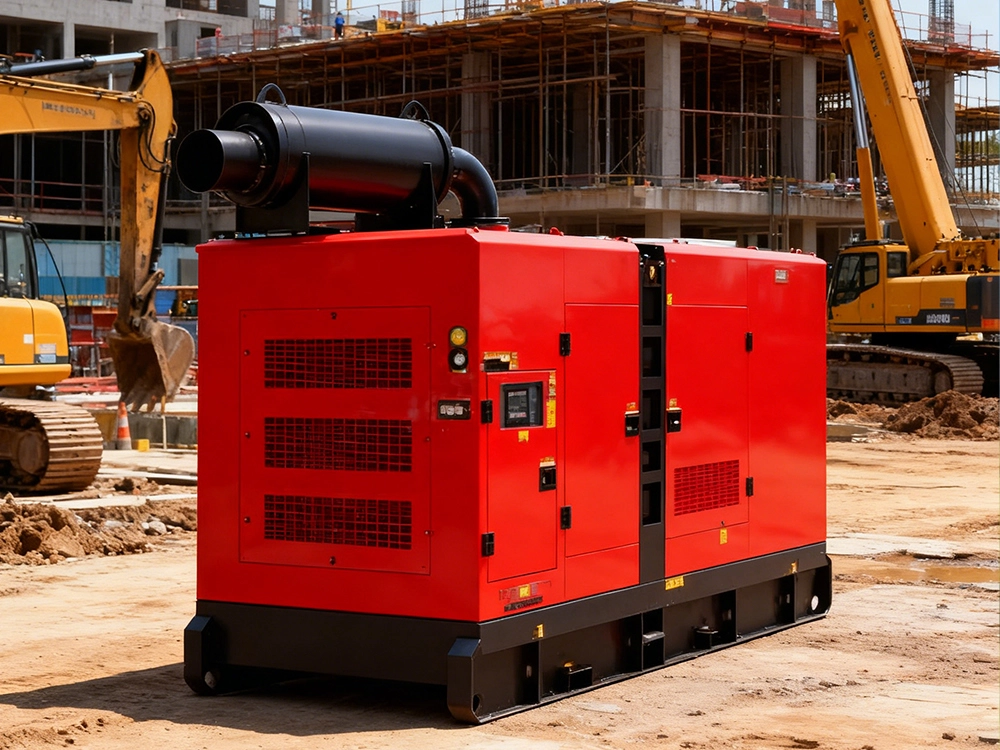
Understanding Exhaust Height Fundamentals
The exhaust height, often referred to as stack height, is primarily concerned with safely dispersing exhaust gases away from occupied areas and air intake systems. The basic measurement is the vertical distance from the ground level to the point where exhaust gases exit the system. While regulations sometimes specify minimum heights, proper engineering design often requires calculations that go beyond simple code minimums to ensure safe operation and optimal performance.
Primary Objectives of Proper Exhaust Height:
Safe dispersal of exhaust gases above breathing zones
Prevention of exhaust re-entry into buildings
Minimization of noise and emissions impact on surrounding areas
Compliance with local air quality and safety regulations
Key Calculation Formulas and Principles
While specific height requirements vary by jurisdiction, several calculation approaches can help determine appropriate stack height:
Basic Height Calculation:
The fundamental starting point involves identifying the highest point of nearby structures and adding a safety margin:
Proposed Stack Height = Height of Adjacent Building + Safety Margin (Typically 3-10 feet)
This ensures exhaust plumes rise above airflow patterns that could cause downdrafts or re-entry into buildings.
Critical Separation Distances:
Maintain at least 10 feet horizontally from any air intake systems
Position exhaust outlets above roof lines where possible
Ensure clearance from windows, doors, and ventilation systems
Consider prevailing wind patterns in final positioning
Backpressure Calculations:
While not directly determining height, exhaust backpressure significantly impacts system design. The total backpressure should typically not exceed manufacturer specifications (often 25-50 inches of water column for most industrial generators). Critical factors in industrial generator exhaust systems backpressure include:
Total length of exhaust piping
Number and angle of bends
Diameter of the exhaust piping
Type and design of mufflers and other components
System Design Considerations
Proper exhaust system design extends beyond simple height calculations to encompass several engineering factors:
Exhaust Velocity and Thermal Rise:
Higher temperature exhaust gases naturally rise more effectively
Maintain adequate velocity (typically 2,500-4,000 FPM) to ensure proper plume rise
Balance velocity against noise generation and backpressure constraints
Material Selection and Protection:
Use heat and corrosion-resistant materials for all exhaust components
Incorporate flexible connectors to accommodate thermal expansion and engine movement
Properly support all piping to withstand vibration and operational loads
Multiple Generator Applications:
Provide separate exhaust systems for each generator rather than combining them
Consider potential interactions between multiple exhaust plumes
Ensure adequate spacing between individual exhaust outlets
Safety and Performance Factors
Several critical safety considerations must be addressed in exhaust system design:
Carbon Monoxide Management:
Position exhaust outlets away from potential air intake locations
Consider building aerodynamics and wind patterns
Implement carbon monoxide monitoring in adjacent occupied spaces
Fire Safety Provisions:
Install fireproof shields where exhaust components pass near combustible materials
Ensure hot surfaces cannot ignite flammable fluids or vapors
Maintain proper clearance between exhaust components and building materials
Operational Considerations:
Prevent glare that could affect operator vision, particularly at night
Design drainage points to prevent fuel accumulation after failed starts
Ensure adequate ventilation around exhaust components to prevent overheating
Well-designed industrial generator exhaust systems effectively manage these competing requirements while maintaining system efficiency and safety.
Common Design Mistakes and How to Avoid Them
Even experienced designers can make errors in exhaust system planning. Here are frequent pitfalls and their solutions:
Undersized Exhaust Piping:
Problem: Excessive backpressure reduces engine efficiency and increases fuel consumption
Solution: Always consult manufacturer specifications for minimum pipe diameter based on generator size and exhaust length
Inadequate Support for Expansion:
Problem: Thermal expansion causes stress on engine components and exhaust connections
Solution: Incorporate flexible and proper hangers that allow for thermal movement
Poor Routing Decisions:
Problem: Excessive bends and unnecessarily long pipe runs increase backpressure
Solution: Minimize bends and total pipe length; where unavoidable, increase pipe diameter to compensate
Ignoring Maintenance Access:
Problem: Difficulty accessing components for inspection and replacement
Solution: Design systems with adequate clearances for maintenance activities
Maintenance and Inspection Protocols
Regular maintenance ensures continued safe operation of exhaust systems:
Routine Inspection Checklist:
Examine all connections for signs of leakage or corrosion
Check flexible connectors for fatigue or deterioration
Verify all supports and hangers remain secure
Inspect for carbon buildup or restrictions
Performance Monitoring:
Regularly measure backpressure to identify developing restrictions
Monitor for changes in exhaust smoke color or odor
Check for unusual vibrations or noise during operation
Preventive Maintenance:
Establish regular cleaning schedules for exhaust components
Replace worn flexible connectors before they fail
Address minor issues before they develop into major problems
Properly maintained industrial generator exhaust systems provide reliable service while maintaining safe emission dispersion and engine performance.
Conclusion
Determining the appropriate exhaust height for diesel generators involves balancing regulatory requirements, engineering principles, and practical site considerations. While basic formulas provide a starting point, successful industrial generator exhaust systems design requires careful attention to backpressure management, material selection, safety considerations, and maintenance requirements. By applying these principles, you can create an exhaust system that ensures safe operation, maximizes generator efficiency, and complies with relevant standards.
References
- Johnson, M. (2022). Emergency Power Systems: A Comprehensive Guide to High-Speed Diesel Generators. Power Engineering Quarterly, 45(3), 78-92.



